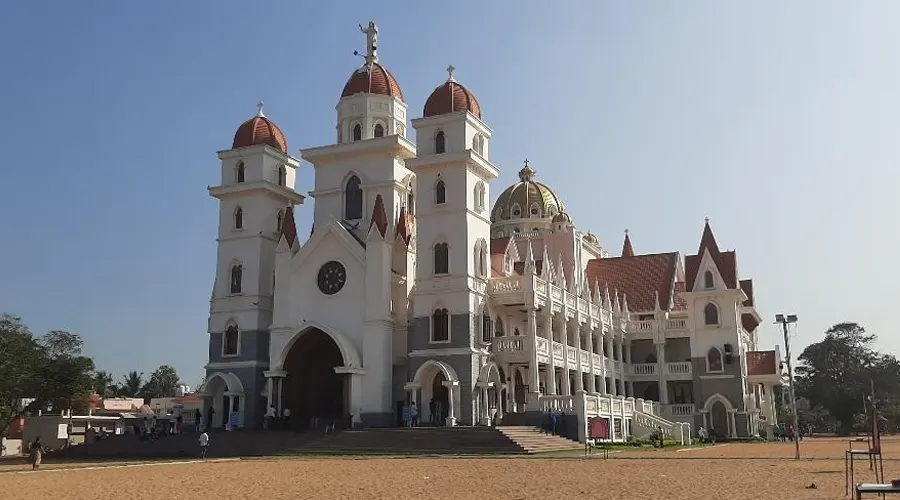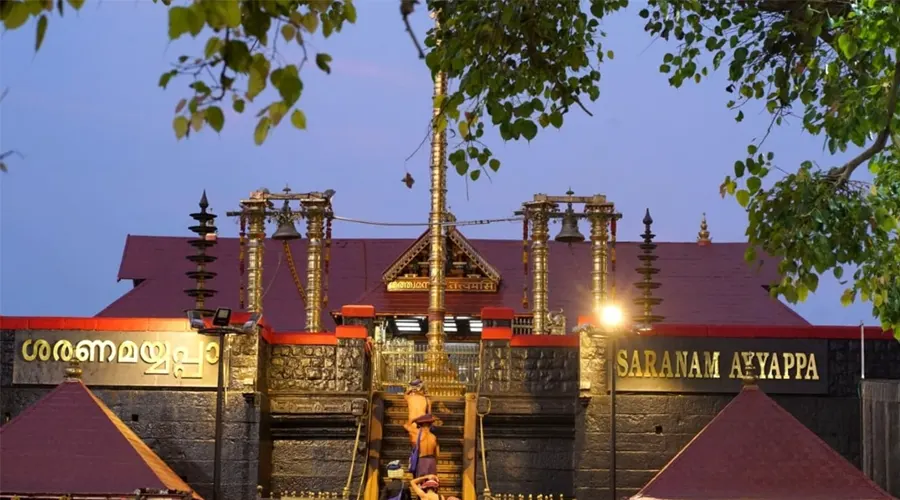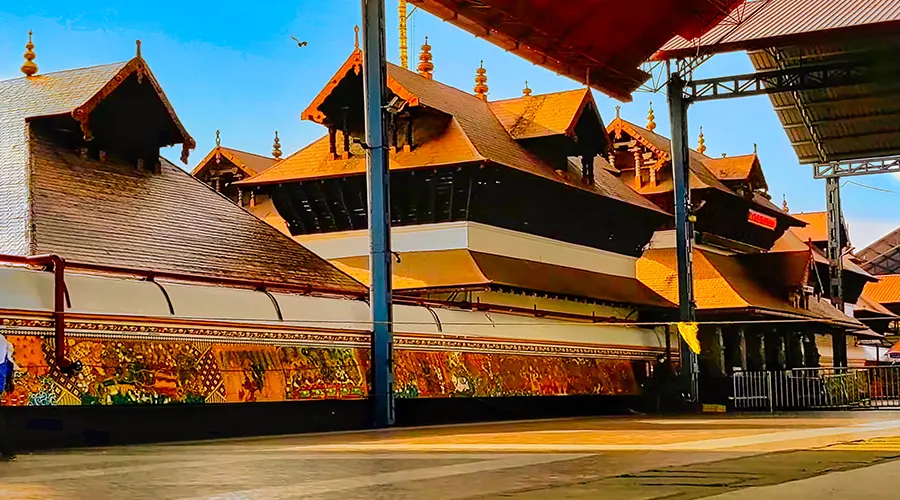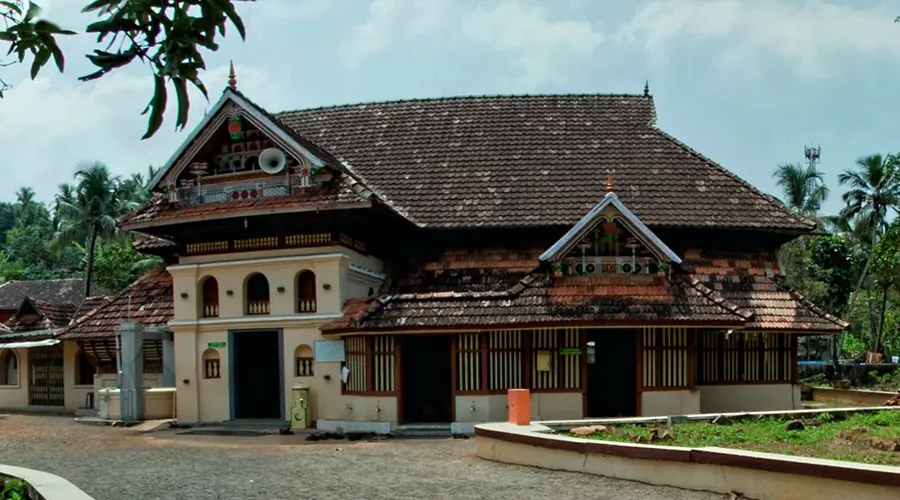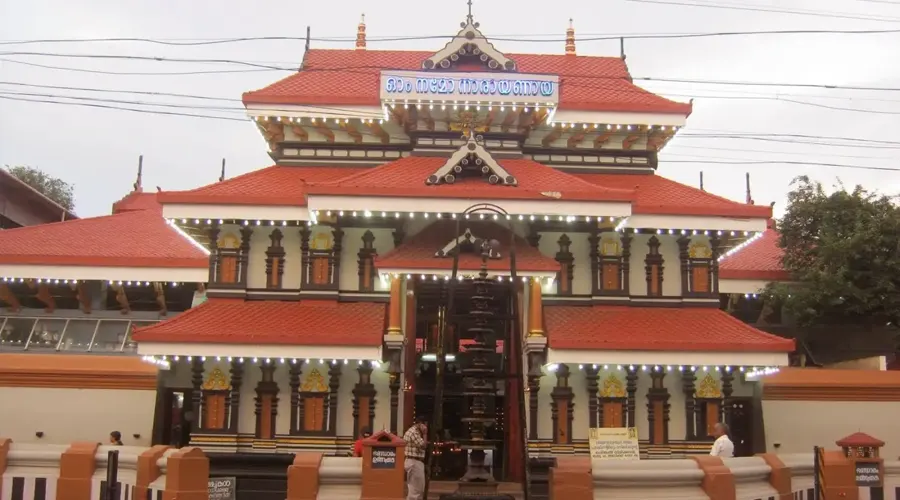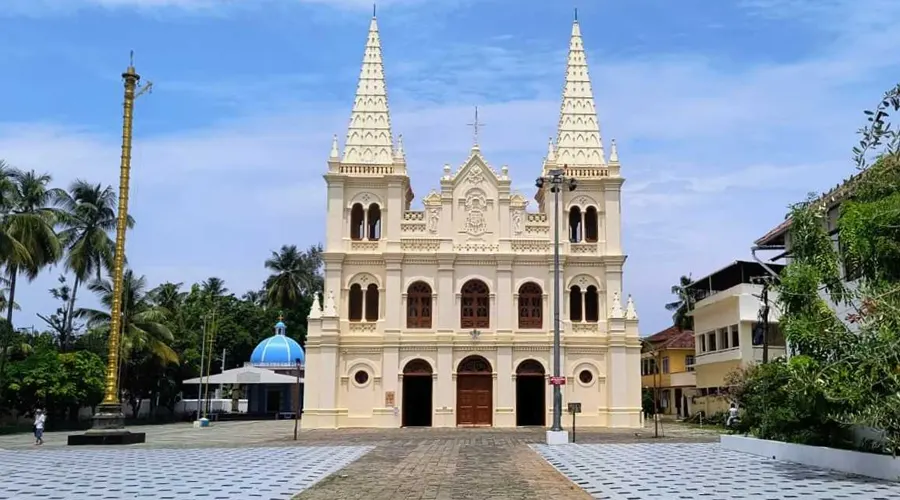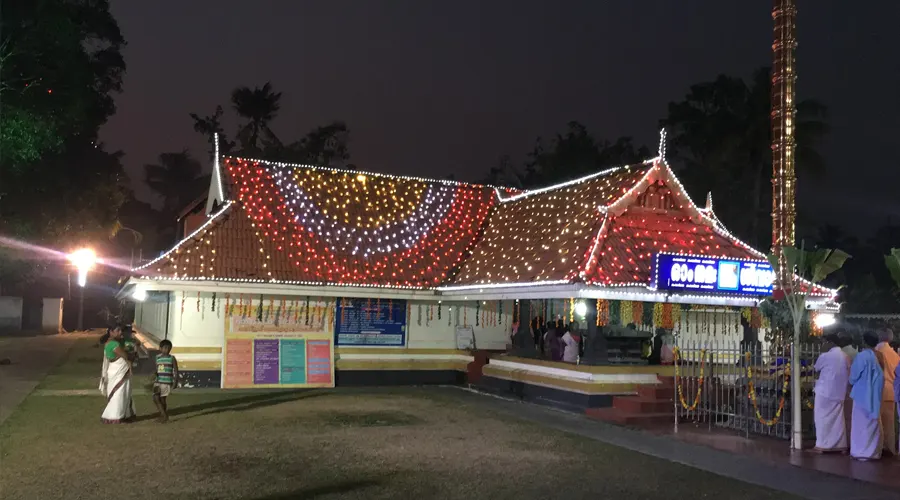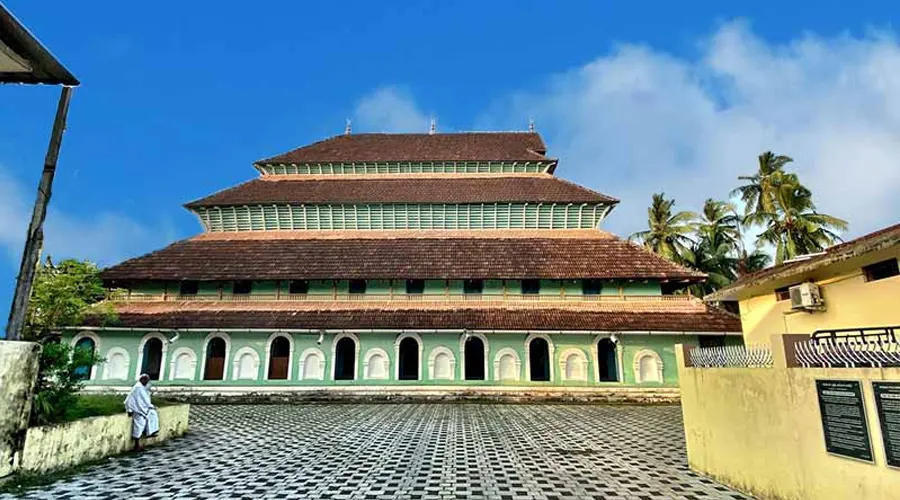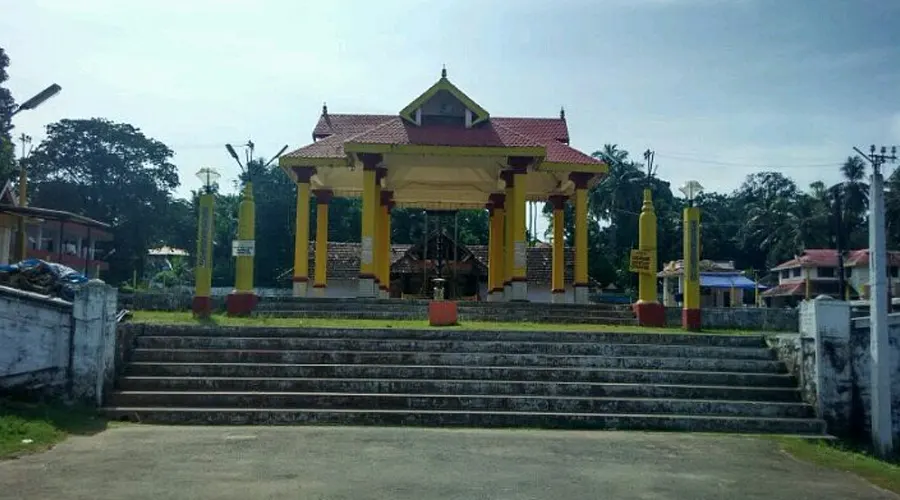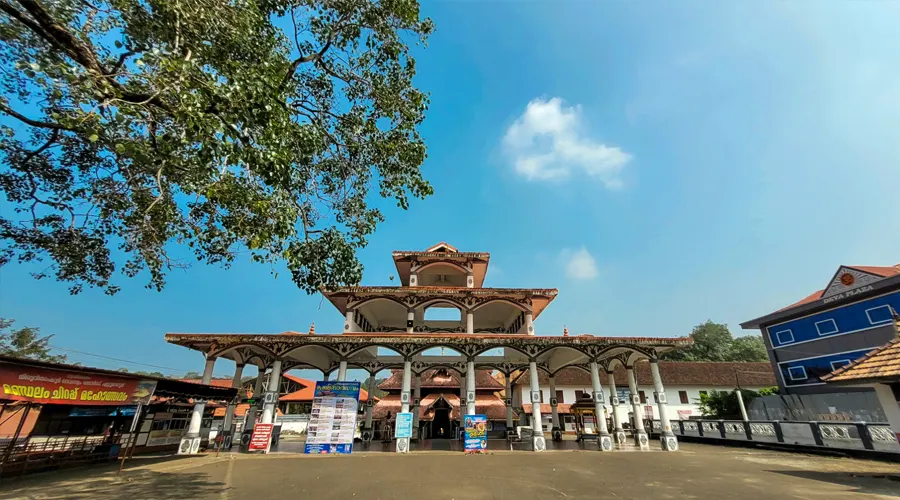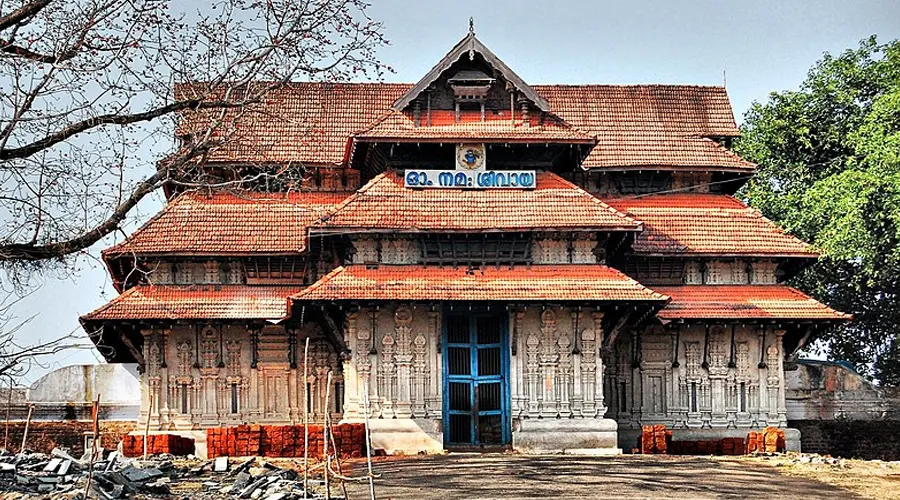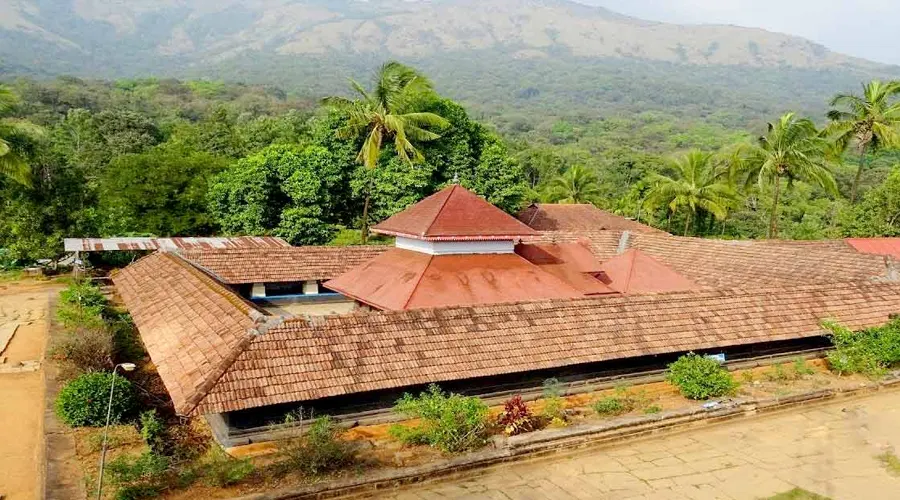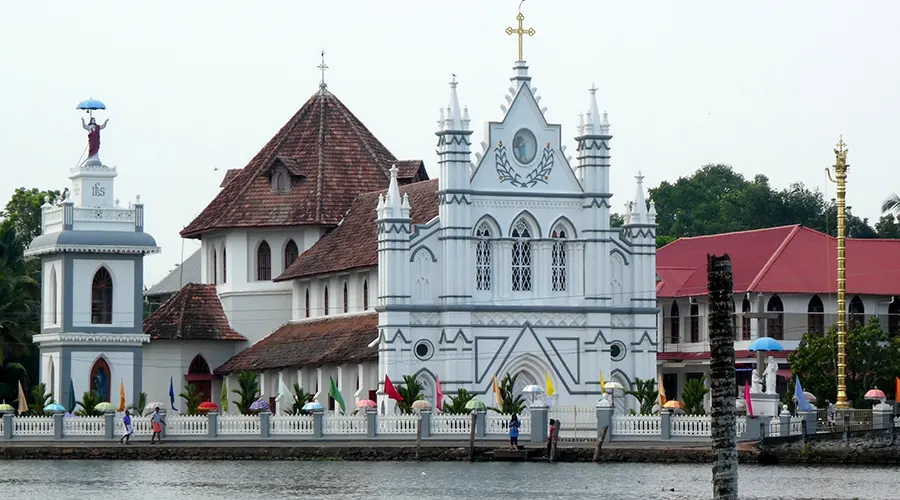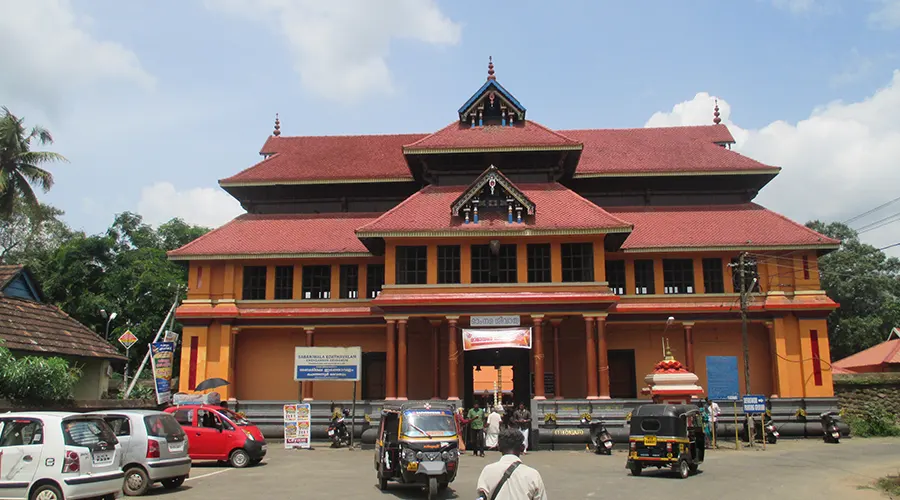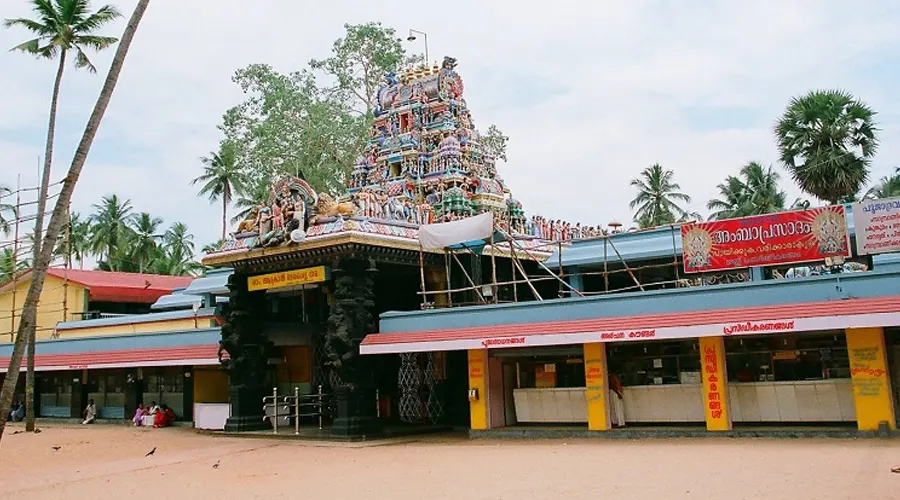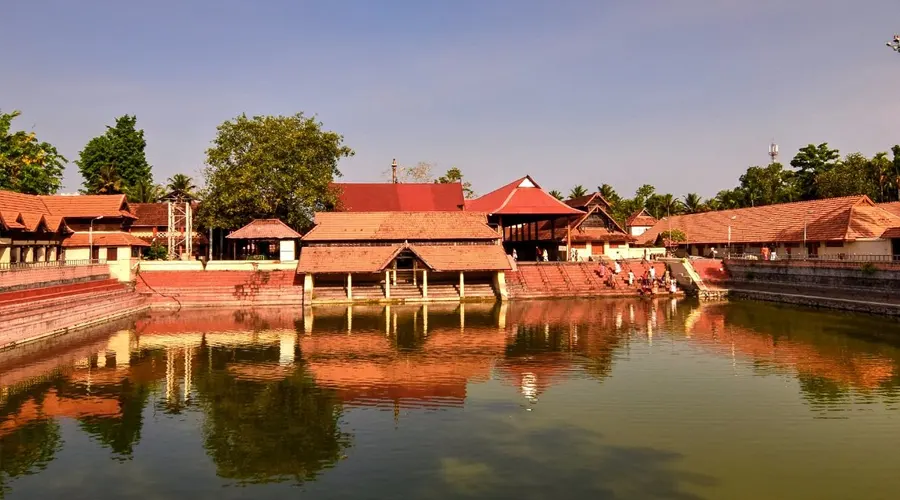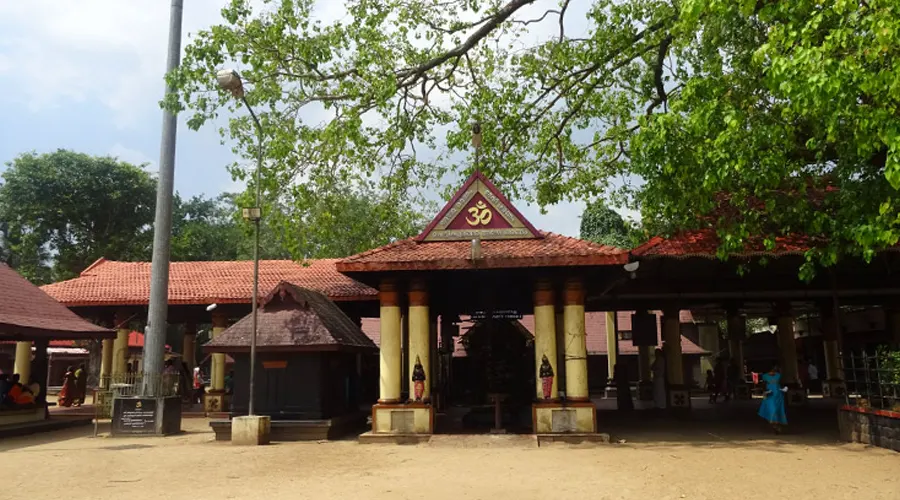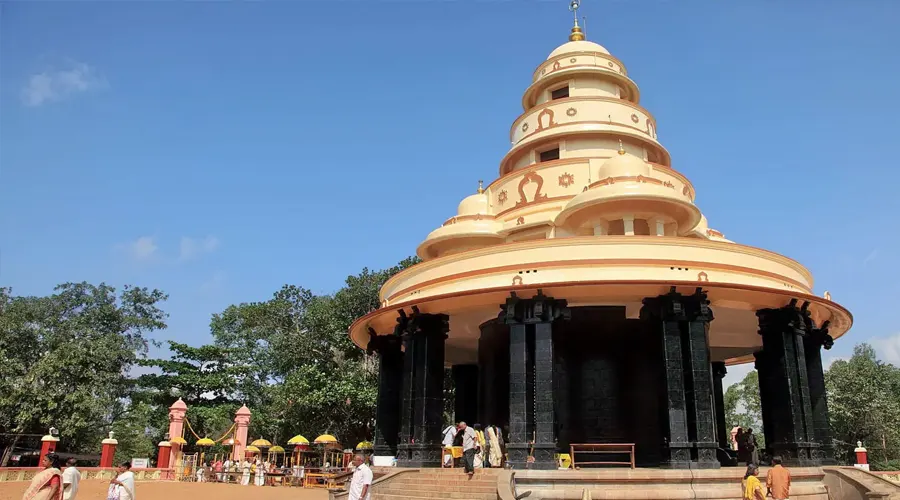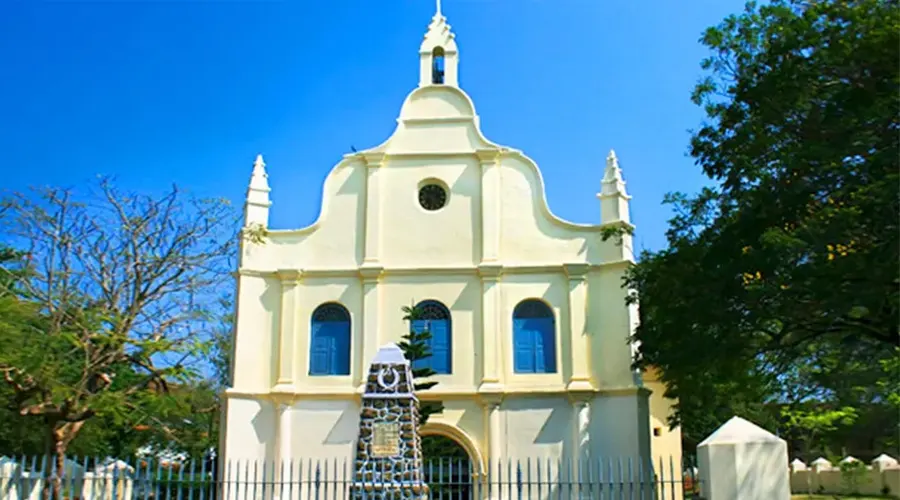Mother Of God Cathedral
Visit Mother of God Cathedral, Kozhikode Diocese to experience the intricate designs carved on the doors and windows. Apart from its religious significance, the church is a perfect example of Italian architecture and Indian craftsmanship. Built-in 1513 by the Portuguese, this church brought in a new era of Catholic congregation. In 1724, the church was renovated where stones and mortar were used to bring durability.
Spare some time to take a tour of the church where you get to see the stunningly beautiful 200-year-old portrait of St. Mary and take in the beauty of this Gothic-style church. Moreover, visit the adjoining cemetery to see the tombstone of Pedro de Covilhany, the first Catholic missionary of Kozhikode.
History of Mother of God Cathedral
The church has a history dating back to 1513 when the Portuguese signed a treaty with the Zamorins. With the permission of the Zamorins, the Portuguese built a factory in Kozhikode and a church, dedicated to the Virgin Mary of Immaculate Conception. The church was then known as Matri Dei. The setting up of this church ushered in a new era for the Catholic congregation of the Calicut Diocese.
The Archbishop of Goa, Dom Alexis de Menezes, visited Kozhikode in 1599 and met the Zamorin. Later, he sent more Jesuits to Kozhikode to renovate the chapel with Zamorin's help.
In 1724, the Zamorin entered into another treaty with the Portuguese, upon which he promised all support to complete the renovation of the church. The church was rebuilt with stone and mortar. A vestry, a belfry, and porches were added to the structure. In 1923, the church became the Cathedral of the Diocese of Calicut.

